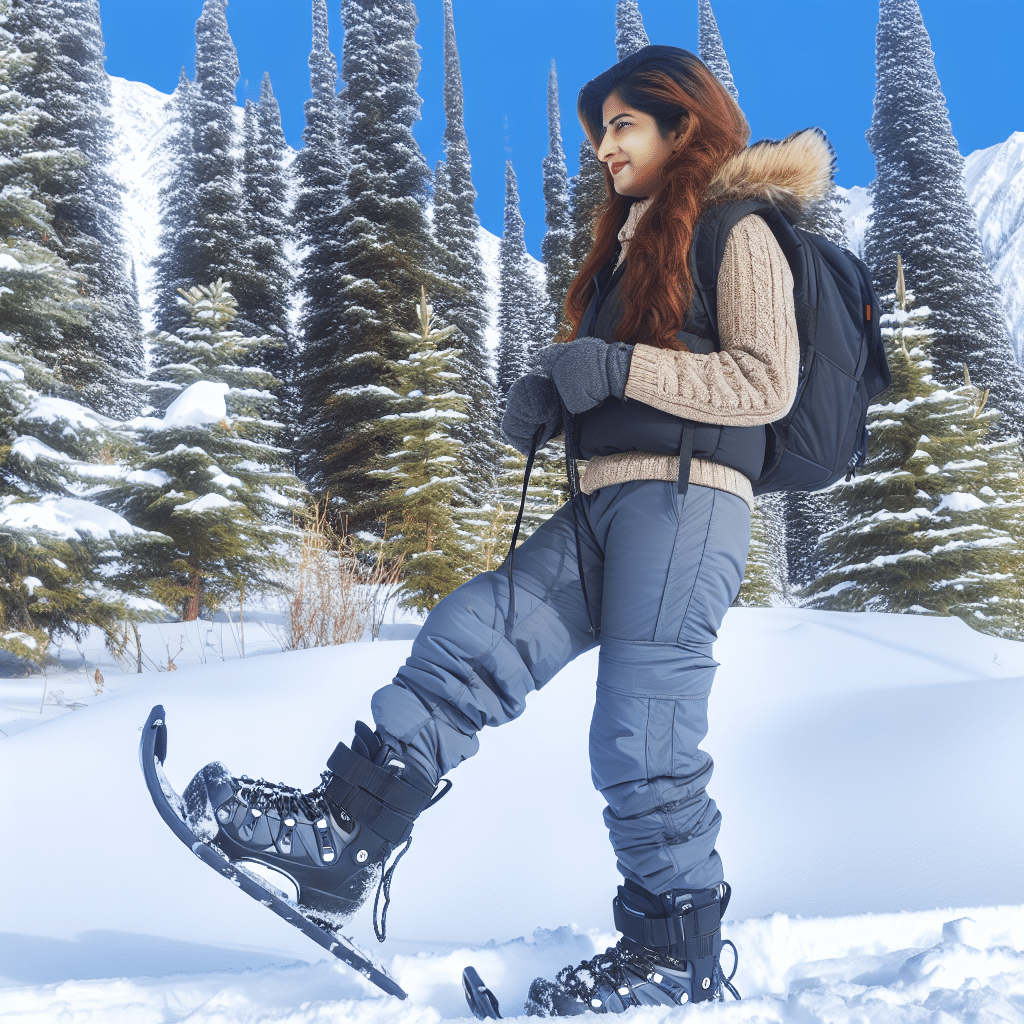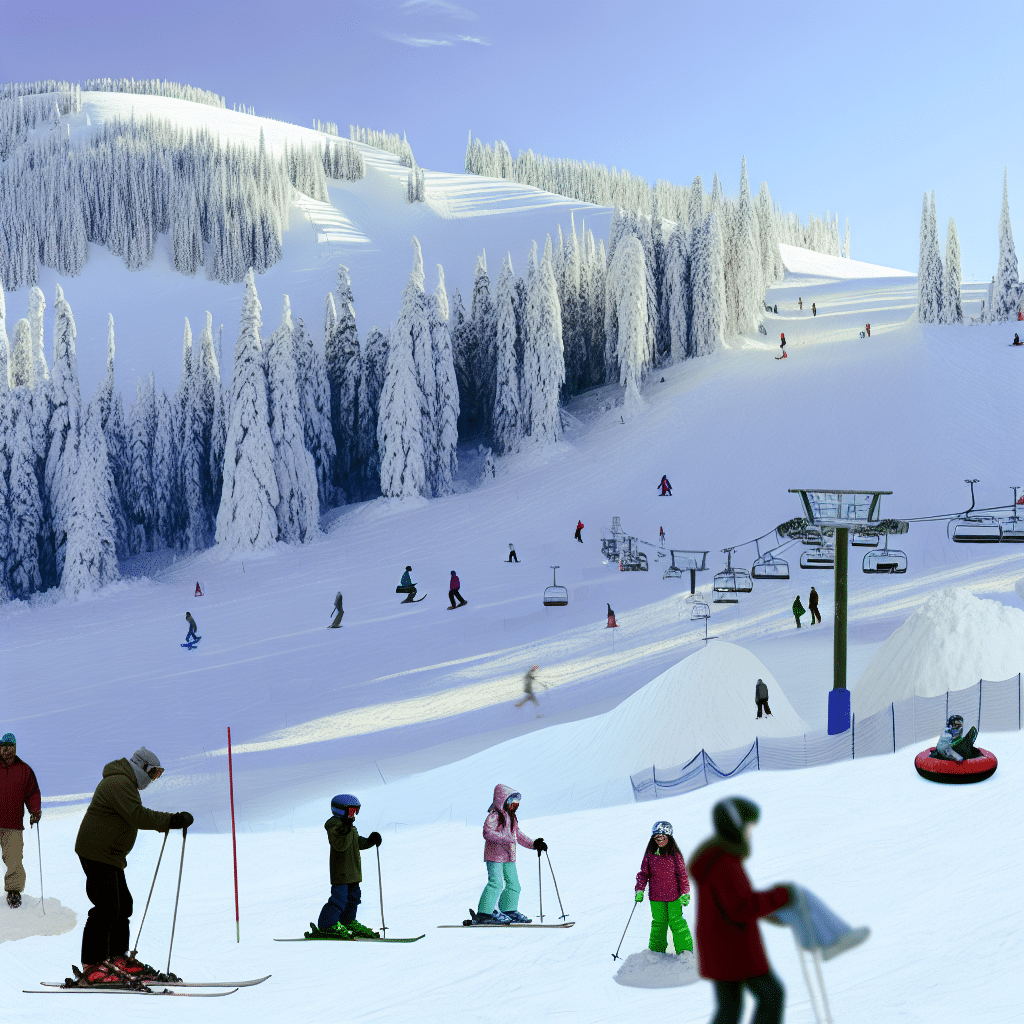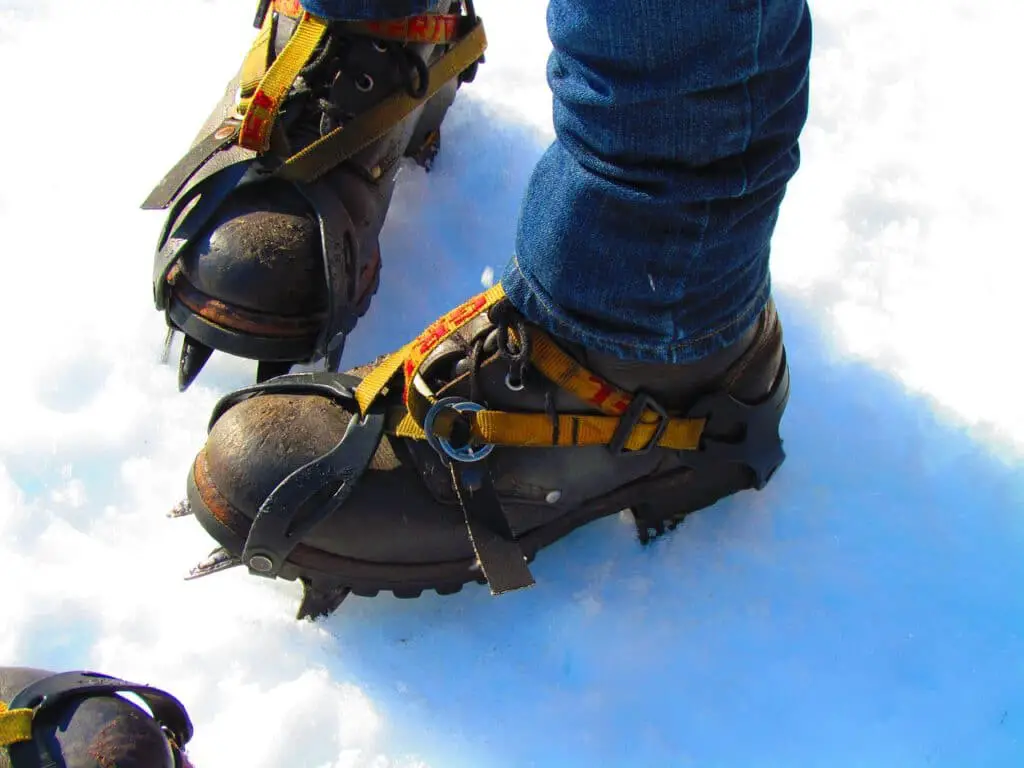Snowshoeing is an exhilarating way to explore the winter wilderness, allowing you to trek through snowy landscapes and enjoy the beauty of the season. However, the key to a successful and enjoyable snowshoeing experience lies in your footwear. Choosing the right boots for snowshoeing is crucial for maintaining comfort, warmth, and safety during your outdoor adventures. In this article, we’ll delve into the various factors that you need to consider when selecting the perfect pair of snowshoeing boots.

Why Are the Right Boots Important for Snowshoeing?
Snowshoeing requires boots that can handle diverse winter conditions. Unlike regular hiking boots, snowshoeing boots must provide excellent insulation, waterproofing, and compatibility with snowshoe bindings. Here’s why the right boots are indispensable for snowshoeing:
Insulation and Warmth
Snowshoeing often takes place in frigid temperatures and snowy environments. Proper boots should offer substantial insulation to keep your feet warm throughout your adventure. Look for boots that have ample Thinsulate or other insulating materials to prevent frostbite and ensure comfort.
Waterproofing
Wet feet can quickly ruin a snowshoeing trip. Boots that are waterproof or have a water-resistant outer layer will help keep your feet dry as you navigate through snow and slush. Gore-Tex membranes or other waterproofing technologies are essential features in snowshoeing boots.
Support and Stability
Snowshoeing can be strenuous, requiring boots that provide adequate ankle support and stability. Higher-cut boots are often preferred as they offer better protection and support for your ankles, reducing the risk of injury on uneven terrain.
Features to Look for in Snowshoeing Boots
Choosing the right boots for snowshoeing involves considering several essential features. Here are the key attributes to keep in mind when shopping for your next pair of snowshoeing boots:
Compatibility with Snowshoe Bindings
Ensure that the boots you choose are compatible with your snowshoe bindings. Most modern snowshoes are designed to work with various types of boots, but it’s important to double-check for a secure fit. Boots with a more rigid sole tend to work better with snowshoe bindings, providing a stable platform for your foot.
Breathability
While insulation is crucial, breathability is equally important. Boots that allow moisture to escape will prevent your feet from becoming sweaty and cold. Look for boots with breathable materials that wick away moisture, keeping your feet dry and comfortable.
Traction
Good traction is vital for maintaining footing on slippery and uneven surfaces. Boots with aggressive tread patterns or those that are compatible with additional traction devices like crampons can provide the grip needed for safe snowshoeing.
Types of Boots Suitable for Snowshoeing
There are several types of boots that are suitable for snowshoeing, each with its own set of advantages. Let’s explore the different options available:
Insulated Hiking Boots
Insulated hiking boots are a popular choice for snowshoeing. They offer a balance between comfort, support, and warmth. These boots usually have a waterproof outer layer and insulating materials designed to keep your feet warm in cold conditions.
Winter Boots
Winter boots are specifically designed for cold weather activities, making them an excellent option for snowshoeing. They tend to have thicker insulation and higher cuts for better ankle support. Ensure that they have good traction and are compatible with your snowshoe bindings.
Mountaineering Boots
For more extreme snowshoeing adventures, mountaineering boots may be the best choice. These boots are built to withstand harsh winter conditions and provide superior support and protection. They are often heavier and more rigid, making them suitable for challenging terrains.
Pac Boots
Pac boots, also known as Sorel-style boots, feature a removable liner and a waterproof exterior. These boots offer excellent warmth and are ideal for less intense snowshoeing excursions in very cold weather. However, they may not provide as much support or stability as other types of boots.
How to Properly Fit Your Snowshoeing Boots
A proper fit is crucial when choosing the right boots for snowshoeing. Here are some tips to ensure a comfortable and secure fit:
Try with Socks
When trying on boots, wear the same socks that you plan to use while snowshoeing. This will give you a more accurate sense of how the boots will fit during your adventures.
Check for Toe Space
Make sure there is enough room for your toes to wiggle. Proper circulation is essential for keeping your feet warm, and too tight boots can lead to cold feet and blisters.
Assess Ankle Support
Ensure that the boots provide adequate ankle support without being too restrictive. You should be able to move your ankles comfortably while still feeling supported.
Conclusion: Be Prepared for Your Next Adventure
Choosing the right boots for snowshoeing is a vital part of preparing for your winter adventures. By considering factors such as insulation, waterproofing, support, traction, and fit, you can find the perfect pair of boots to keep your feet warm, dry, and comfortable. Whether you opt for insulated hiking boots, winter boots, mountaineering boots, or pac boots, prioritizing these key features will help you enjoy a safe and enjoyable snowshoeing experience. So, lace up your boots, strap on your snowshoes, and venture out into the winter wonderland with confidence!



